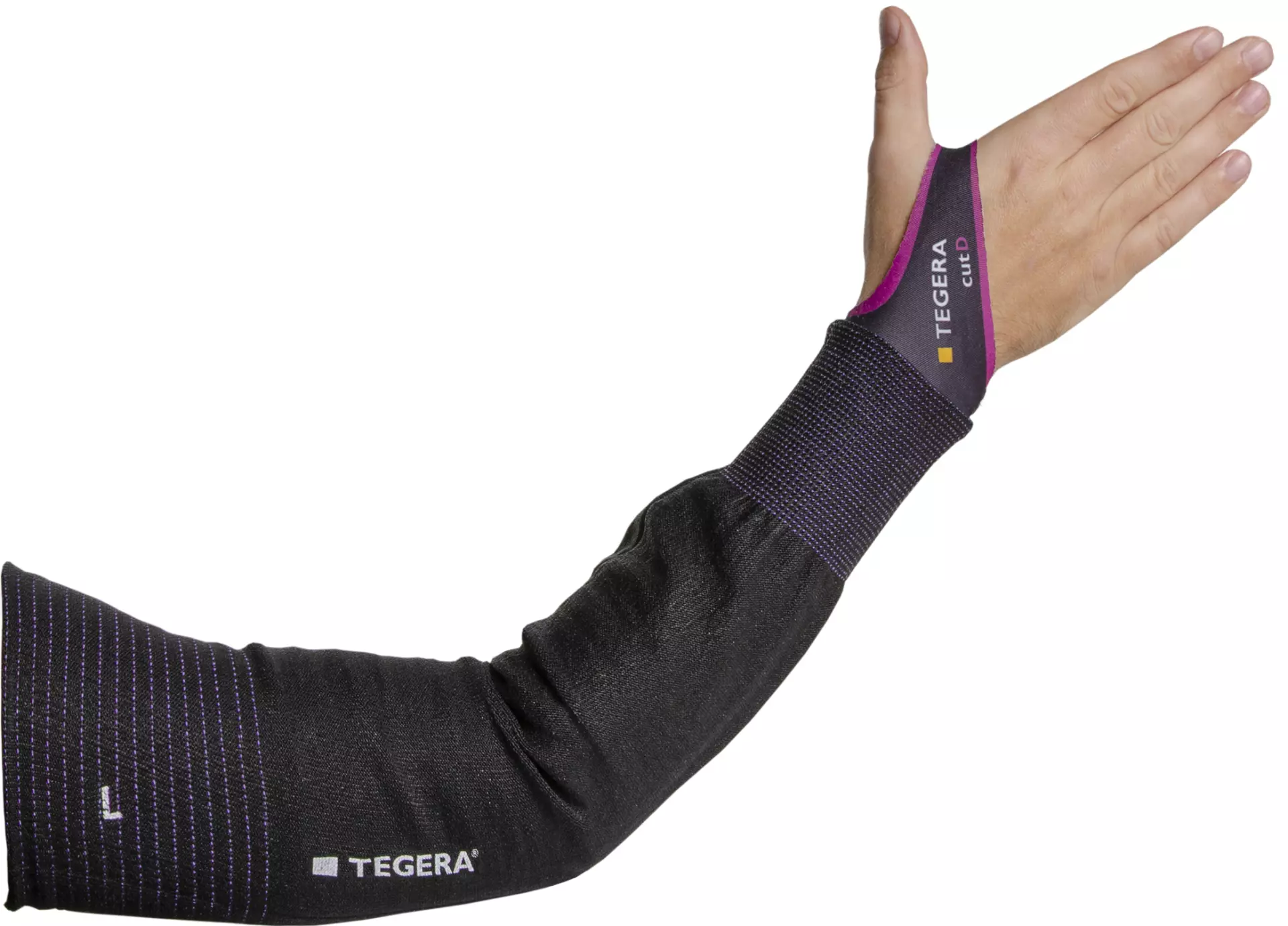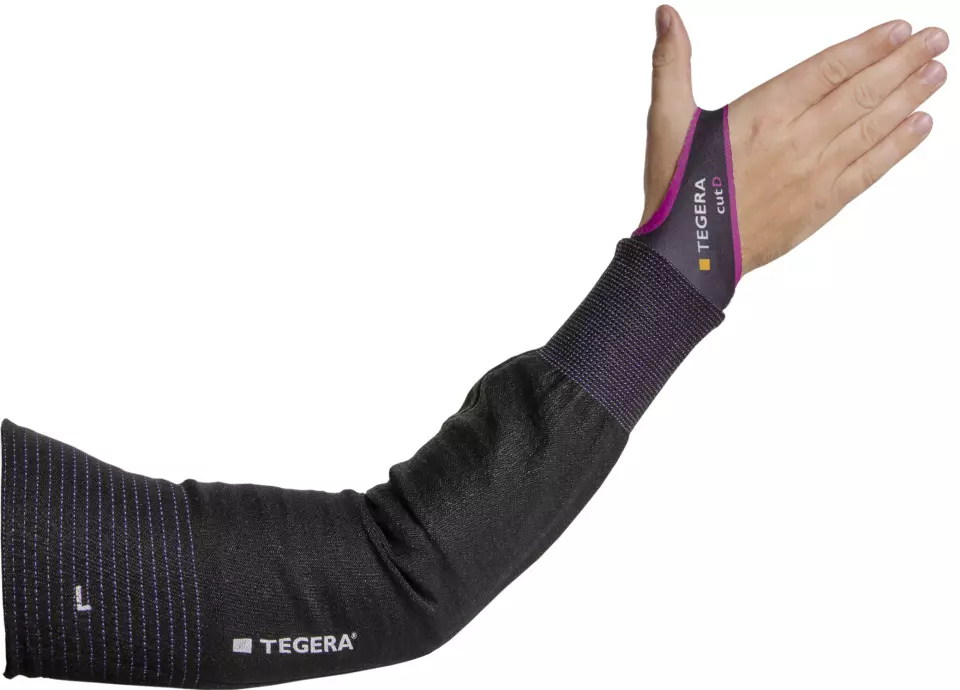
Features You'll Love

EN 388 · Cut Resistance, ISO 13997 Level D
Offers strong protection against cuts from utility knives, glass edges, and sheet metal.
66,95 €
73,52 €
Price per 6 pairs
11,16 € / pair
Estimated delivery: Fri Dec 5
Choose size
Free delivery
Features You'll Love

EN 388 · Cut Resistance, ISO 13997 Level D
Offers strong protection against cuts from utility knives, glass edges, and sheet metal.
Product description
TEGERA® 72, Arm protector, black, transport package